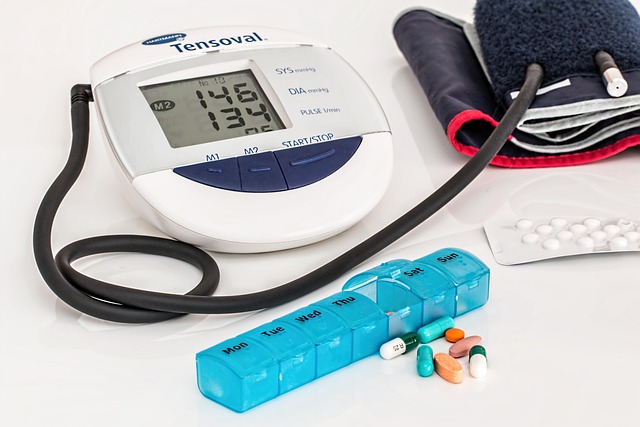Exploring Screwless Dental Implants: Benefits, Limitations, and Suitability
If you've been considering dental implants but are concerned about cost and complexity, screwless dental implants are an emerging option that may offer advantages for certain patients. These systems can simplify prosthesis attachment, potentially shorten chair time and reduce some procedural steps, which may influence overall cost and comfort. However, they are not suitable for everyone; suitability depends on individual oral health, bone structure and a clinician's evaluation. Talk with a dental professional to understand the potential benefits, limitations, and realistic expectations for your specific situation.

Modern dentistry continues to evolve with innovative solutions for tooth replacement, and screwless dental implants have emerged as a compelling alternative to traditional implant systems. These advanced prosthetic devices offer a different approach to securing artificial teeth, potentially addressing some of the challenges associated with conventional screw-retained implants. Understanding the mechanics, benefits, and limitations of screwless systems can help patients make informed decisions about their dental restoration options.
What Are Screwless Dental Implants?
Screwless dental implants utilize cement or other bonding methods to attach the crown or prosthetic tooth to the implant fixture, rather than relying on screws for retention. This system typically involves a titanium implant post surgically placed into the jawbone, similar to traditional implants, but the final restoration is secured using dental cement or specialized adhesive materials. The implant post integrates with the bone through osseointegration, providing a stable foundation for the artificial tooth.
The design eliminates the need for access holes or screw channels in the crown, allowing for more natural-looking restorations. The cemented approach creates a sealed connection between the implant and crown, which can offer certain advantages in terms of aesthetics and bacterial resistance.
Why Are Screwless Implants Becoming a Popular Choice?
The growing popularity of screwless implants stems from several practical and aesthetic advantages they offer over traditional screw-retained systems. Many patients and dentists appreciate the improved aesthetics, as the absence of screw access holes allows for more natural-looking crowns, particularly in the front teeth where appearance is crucial.
Maintenance considerations also contribute to their appeal. Without screw mechanisms that can loosen over time, these implants may require fewer follow-up visits for tightening or adjustments. The sealed connection can also provide better protection against bacterial infiltration, potentially reducing the risk of peri-implantitis and other complications.
How Do Screwless Implants Work?
The placement process for screwless implants follows similar initial steps to traditional implants. After careful planning and assessment, the titanium implant post is surgically placed into the prepared socket in the jawbone. Following a healing period of several months, during which osseointegration occurs, the final restoration phase begins.
Instead of creating a screw-retained connection, the dentist prepares the implant abutment and crown for cement retention. High-strength dental cement bonds the crown permanently to the implant abutment, creating a secure, sealed connection. This process requires precise fit and proper cementation technique to ensure long-term success.
The Key Benefits of Screwless Dental Implants
Screwless dental implants offer several distinct advantages that make them attractive for certain clinical situations. The aesthetic benefits are particularly notable, as the absence of screw access holes allows for optimal crown contours and natural appearance, especially important for front teeth restorations.
The sealed connection provides excellent protection against bacterial infiltration, potentially reducing the risk of implant complications. Patients often report improved comfort, as there are no screw components that might cause sensitivity or discomfort. The elimination of screw mechanics also means fewer potential points of failure and reduced need for maintenance visits.
From a technical standpoint, the cemented approach can provide excellent retention and stability when properly executed. The continuous seal around the implant-crown interface may also contribute to better long-term tissue health.
| Treatment Type | Provider Examples | Cost Estimation |
|---|---|---|
| Single Screwless Implant | Specialized dental practices | $3,000 - $5,500 |
| Multiple Screwless Implants | Oral surgery centers | $8,000 - $15,000 |
| Full Arch Screwless System | Prosthodontic specialists | $20,000 - $40,000 |
Prices, rates, or cost estimates mentioned in this article are based on the latest available information but may change over time. Independent research is advised before making financial decisions.
Are Screwless Implants Suitable for Everyone?
While screwless implants offer many advantages, they are not suitable for every patient or clinical situation. The permanent cementation makes future removal or adjustment more challenging compared to screw-retained systems. If complications arise or the crown needs replacement, the removal process can be more complex and may risk damage to the implant or surrounding tissues.
Patients with a history of grinding or clenching may not be ideal candidates, as the cemented connection might be more susceptible to failure under excessive forces. The technique also requires precise fit and proper cementation procedures, making the success highly dependent on the dentist’s skill and experience.
Certain anatomical considerations, such as limited inter-occlusal space or unfavorable implant angulation, may make screw-retained systems more practical. Additionally, patients who prefer the option of easy retrievability for maintenance or future modifications might be better served by traditional screw-retained implants.
Screwless dental implants represent a valuable option in modern restorative dentistry, offering unique benefits for appropriate candidates. The decision between screwless and traditional screw-retained systems should be made in consultation with a qualified dental professional who can assess individual needs, anatomical factors, and long-term treatment goals. Success with either system depends largely on proper case selection, skilled execution, and appropriate patient care.



